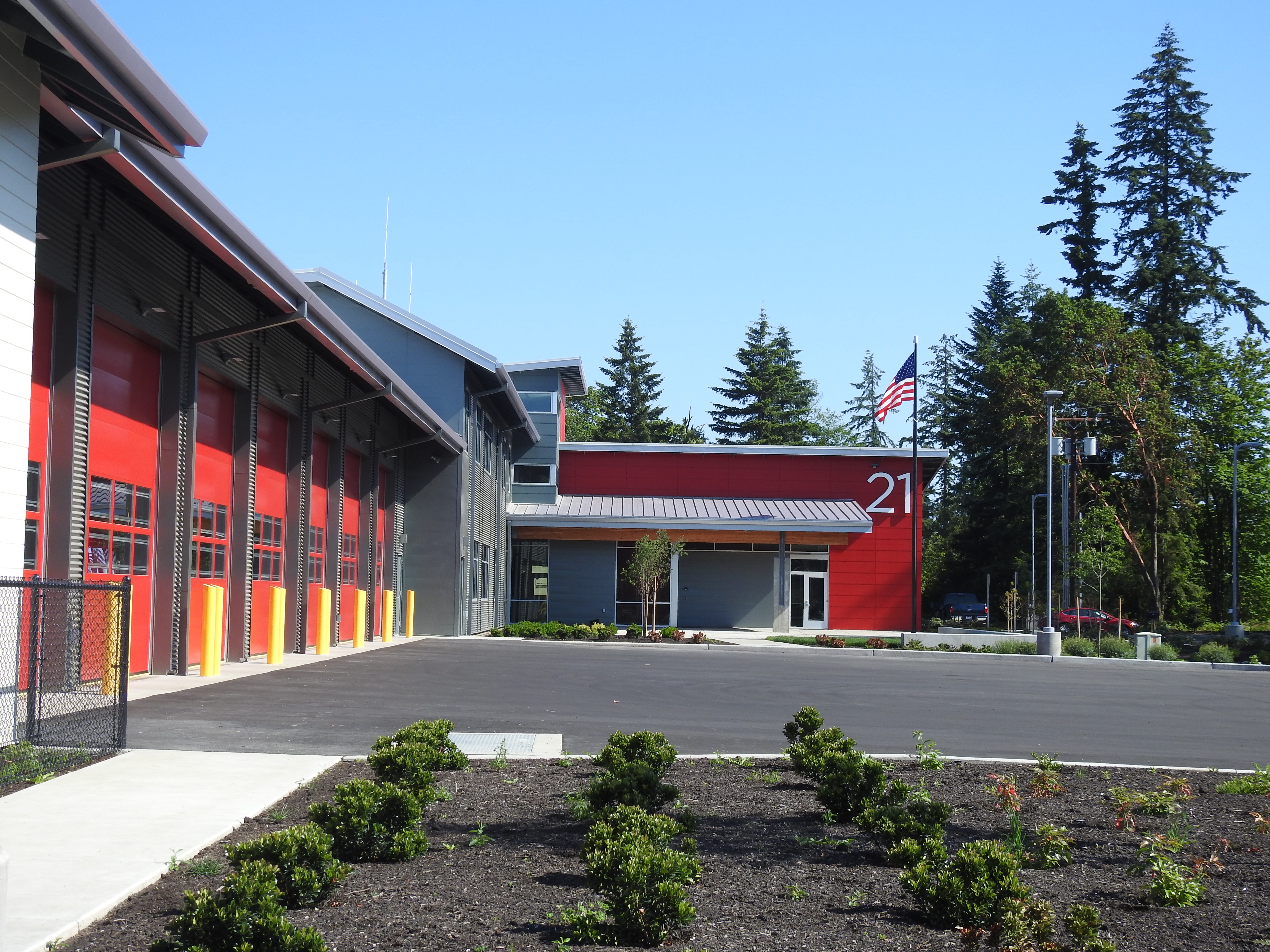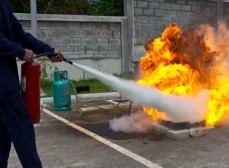Carbon Monoxide
Carbon monoxide, also known as CO, is called the “invisible killer” or "silent killer" because it's a colorless, odorless, poisonous gas. Avoidable deaths occur every year from accidental CO poisoning associated with common household appliances such as furnaces, stoves, water heaters, generators, and fireplaces, and your running car. Generators in garages, or near air intakes, and use of charcoal or gas grills indoors, are common causes of CO poisoning during power outages.
CO poisoning symptoms include headaches, dizziness, confusion, nausea, and similar flu-like symptoms. When CO poisoning is the cause of these symptoms they usually occur only in the home and decrease or disappear when you leave the home. Everyone in your home may have similar symptoms. In fact, CO poisoning is sometimes confused with the flu or food poisoning.
While hundreds of people die in the U.S. each year from accidental CO poisoning, this tragedy can be prevented. If you don't have a battery-powered or battery backup CO detector in your home, install one as soon as possible and check it every six months. You should also follow these safety tips:
- Do not run your car inside a garage that is attached to your home, even if the garage door is open to the outside;
- Have your heating system, water heater, and other gas, oil, or coal-burning appliances serviced by a qualified technician each year; and
- Never heat your house with a gas oven.
Since you can't see or smell carbon monoxide, it is important to recognize the most common symptoms of CO poisoning. If you think you are experiencing CO poisoning, you should get fresh air and seek medical attention immediately!
CO Alarms provide vital, highly effective, and low-cost protection against CO poisoning. If fuel-burning appliances are not working properly or used incorrectly, dangerous levels of CO can result. Properly installed Carbon Monoxide Alarms provide reliable, highly effective, and low-cost protection against carbon monoxide poisoning.

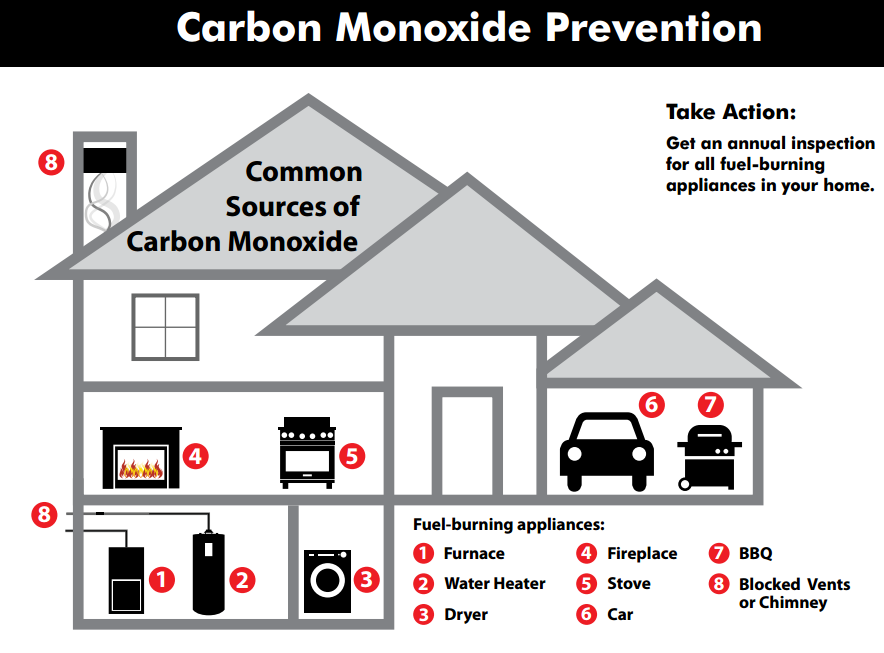
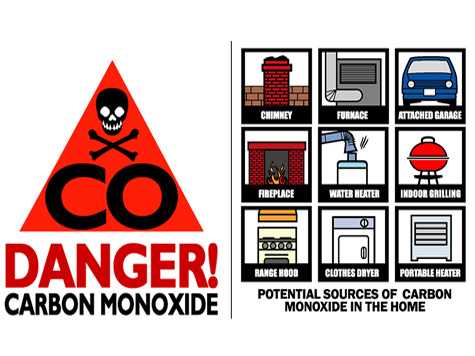
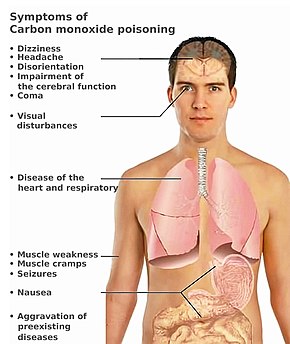
 Recruit Academy St 23 Drill 3.jpg)
